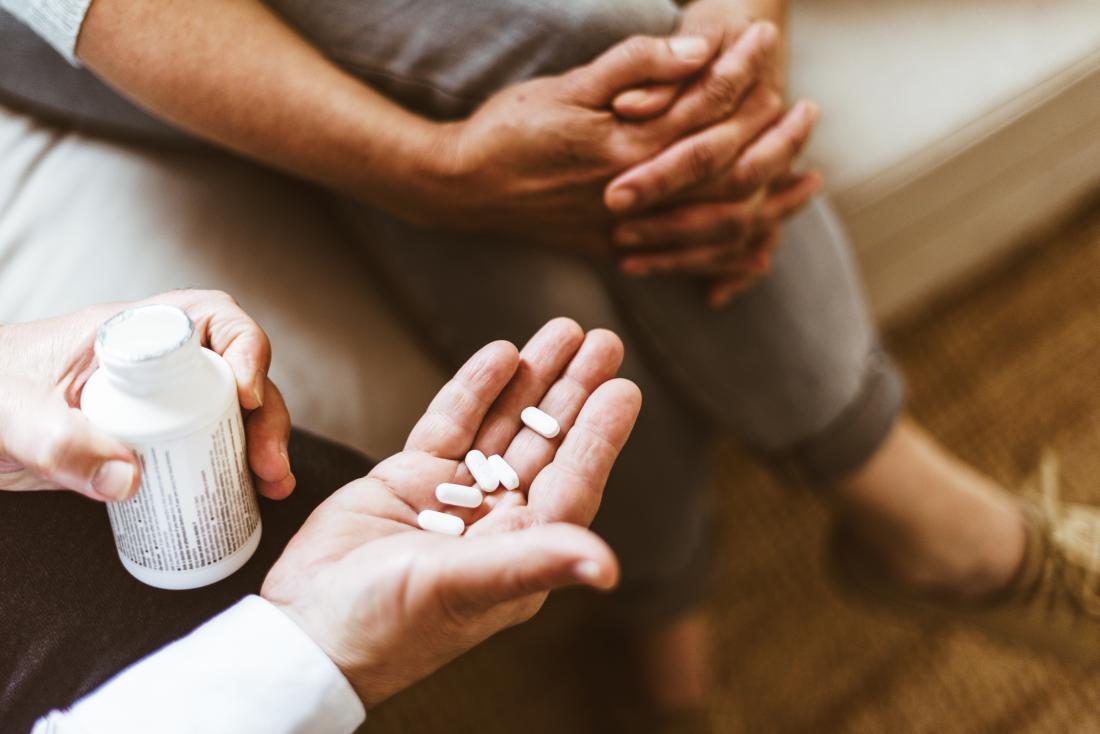Diabetes: Could a pill replace insulin injections?

Researchers have developed a new pill that can deliver insulin straight into the stomach wall. Will injections soon be a thing of the past?
When type 2 diabetes is at an advanced stage, the pancreas is unable to produce enough insulin. At this point, doctors usually recommend daily insulin injections to manage blood sugar levels.
However, research has cited a phobia of needles as one of the most significant barriers preventing those with type 2 diabetes from taking insulin.
By radically changing the delivery of insulin, Robert Langer, a professor at the Koch Institute for Integrative Cancer Research, Massachusetts Institute of Technology (MIT), Cambridge, and his colleagues hope to make insulin treatment more palatable.
The research features in the journal Science.
Using microneedles to deliver the drug
The team came up with an innovative new design for a pill that consists of a biodegradable capsule containing an insulin microneedle. When a person swallows the pill, insulin injects directly into the stomach wall.
As the stomach lining does not have any pain receptors, the researchers believe that this way of delivering the drug will be free of pain.
"We are really hopeful that this new type of capsule could someday help diabetic patients and perhaps anyone who requires therapies that can now only be given by injection or infusion," explains Langer.
Microneedles are millimeter-size needles that scientists originally developed to penetrate the skin without causing pain.
The microneedle in this study had two components: a tip comprising compressed insulin, which penetrates the stomach wall, and a biodegradable shaft, which holds the tip in place.
Inside the capsule, the needle attaches to a compressed spring and a disc that the team created using sugar. The sugar disc dissolves when the capsule enters the stomach. By doing this, it releases the spring, allowing the microneedle to inject into the stomach wall.
This mechanism sounds deceptively simple, but what stops the microneedle from firing off in the wrong direction and missing the stomach wall?
"As soon as you take it, you want the system to self-right so that you can ensure contact with the tissue," says Giovanni Traverso, an assistant professor at Brigham and Women's Hospital, Harvard Medical School, Boston, MA.
